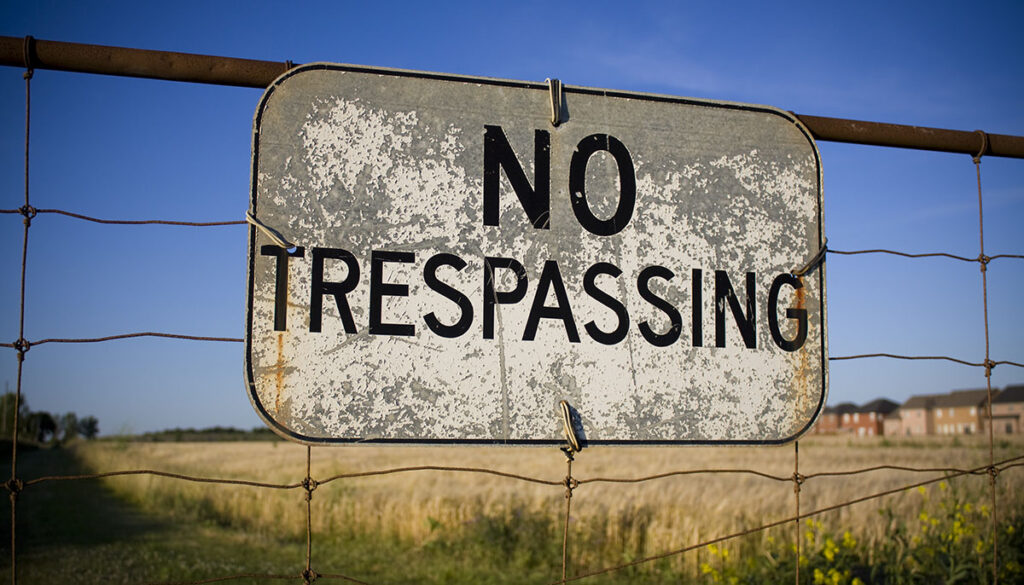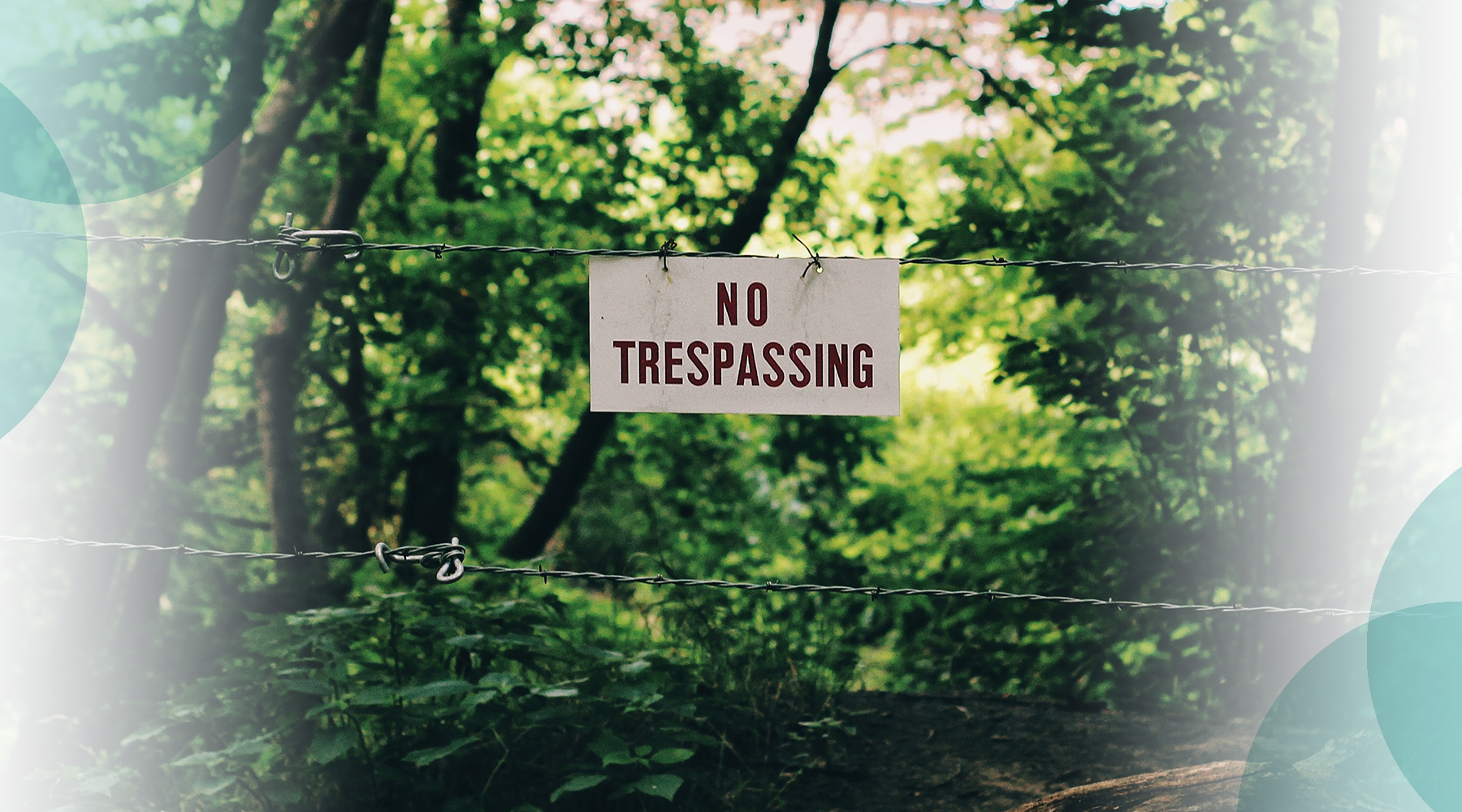Why are we so bad at boundaries? Maybe you’re not–maybe when you say “no,” other people listen and respect it. But for many of us, setting boundaries is a challenge. We’re brought up to say yes, to be helpful and self-sacrificing, to be nice and keep the peace. You might not even realize you have a boundary problem until you start suffering from burnout.
So how can you start setting boundaries–and get the people in your life to respect them? It’s not an easy process, but it’s one of the most important things you can do for your mental and physical health, as well as the health of your relationships.
What Are Boundaries?
Personal boundaries are a set of guidelines that tell other people how to treat us. Without strong, healthy boundaries, we may find ourselves agreeing to do things we don’t want to do, that we have neither the time nor energy for, and that may sometimes even run counter to our own values. It’s hard to respect yourself when you have no boundaries and nearly impossible to get anyone else to respect you, either.

Boundaries protect not only ourselves but our relationships with others as well. When you have weak or non-existent boundaries, you may attract people into your life who will take advantage of you. You may also grow resentful–even of the people you love the most.
It’s not uncommon to allow your boundaries to be pushed back, bit by bit, until you can’t take it anymore and explode over what seems to the other person to be a minor thing. Suddenly, you’re the “crazy” person who broke up with your partner because they ate your leftover pizza. Maybe you didn’t tell them how much it bothered you when they ate your food, or maybe you brought it up but didn’t firmly establish a boundary. Either way, the resentment and anger boiled over, and now your mutual friends are all talking about it in a group text.
Types of Boundaries
Boundaries can be rigid or flexible. Rigid boundaries are the hard lines are your absolute dealbreakers that you will not allow anyone to cross under any circumstances. If you have a serious peanut allergy, then a hard boundary of “no peanuts or peanut products in the house” is perfectly reasonable. If someone can’t respect that boundary, then they don’t get to come over. End of story.
Flexible boundaries are more permeable and can change based on the circumstances. They aren’t totally soft–you’re not a pushover, after all–but you recognize that there may be times when you should make an exception.
For example, you might strongly prefer to work a regular 9-5 job. You don’t bring your job home with you in the evenings or on the weekends because it’s important to maintain a balance between work and personal time. If your boss asked you to work late every week, you’d have no problem saying “no.” If it was a one-time thing because of an emergency, then you might be inclined to stay late and help out.

Boundaries typically fall into a handful of categories:
- Physical: saying no to unwanted hugs, limiting access to your private space at home, eating or resting when your body needs to recharge.
- Emotional: not discussing a topic that makes you uncomfortable or upset, setting a limit on how long you will listen to a loved one vent, demanding that your feelings be treated with respect.
- Time: only staying for an hour, asking to schedule a chat for later, saying no to an event because you already have plans.
- Intimate: establishing consent, discussing what you are comfortable doing with a partner, calling out harrassment.
- Financial: not lending money if you don’t want to, saying no to dinner at an expensive restaurant, agreeing to a budget for gifts.
Unreasonable Boundaries
Generally speaking, you can only set boundaries for yourself. If you are a vegetarian, then it’s totally reasonable not to eat meat. You can ask for veggie-friendly restaurants or catering, and you can cook vegetarian meals for friends and family without being considered a jerk. You can maintain a meat-free kitchen at home, if the rest of your household is okay with it, or at least set aside separate pans and utensils if you’re not okay with potential cross-contamination.

What you can’t do is insist that everyone you know stops eating meat. Sorry, but that’s not something you get to decide for other people. Even if you have some very convincing arguments about the environmental impact of the meat industry, the most you can do is state your case once and then let it go.
How to Set Boundaries
Setting boundaries can be intimidating, especially if you aren’t used to it. Start with something small that has relatively low stakes first. If you don’t want to be hugged, for example, then it’s time to start living that hug-free life!

Communicate your expectations clearly. You don’t have to be rude, but you do need to be firm. If you don’t want to be hugged at your next family get-together, then you can take a step back and say, “Thanks, but I would rather have a high-five, Aunt Mildred.”
If you’ve always given Aunt Mildred a hug (even though you hated it), then setting this boundary for the first time might be a challenge. She probably won’t understand why the hugging is suddenly a problem, and depending on Mildred’s personality, she may either become offended or hurt. People tend not to like it when you set boundaries for the first time, but honestly, that’s a “them” problem, not a “you” problem.
You don’t have to explain or apologize. Just smile and repeat that you do not want a hug. “No” is a complete sentence. It doesn’t really matter why you need to set a boundary. Often, we set boundaries to protect our most vulnerable spots, and when people don’t respect our limits, it can be painful or embarrassing.
It might be easier to make up a polite lie or use self-deprecating humor, but that can backfire. I prefer the “brick wall” approach of restating my boundary until the other person finally gets it. Just try not to get so frustrated that you lose your temper. You don’t want to be known as the person who shouted, “Because you smell like mothballs and feet, Aunt Mildred!” at Thanksgiving.
What Happens When People Don’t Respect Your Boundaries?
Expect that some people will be determined to push. The key here is to reinforce the boundary by restating it: “No thank you, Aunt Mildred. I am not hugging anyone at this time.” If the person will not stop testing your boundary, state the consequences and follow through on them.
With pushy Aunt Mildred, who just can’t understand why you won’t give her a hug, there will come a time when you need to disengage: “I don’t want a hug, and I’m not going to keep discussing it. If you can’t respect that, then I’m going to go talk to my sister.” If she doesn’t drop it, actually go talk to your sister.
If just reading about that exchange made you feel anxious, don’t despair. Confrontation and conflict aren’t pleasant, but it’s a necessary part of building a healthier relationship with yourself and the people in your life. Be consistent and commit to following through on the consequences of boundary violations. If you cave, then all you’ve done is show the other person that they can continue to make you feel uncomfortable or take advantage of you.
Respecting Other People’s Boundaries
Not everyone will agree with your boundaries–and you might not agree with everyone else’s, either. Behavior that seems reasonable to you might be out-of-bounds for someone else. Remember the “golden rule” about treating other people the way you want to be treated? Yeah, forget that. Treat other people the way they want to be treated.
If you’re not sure, ask! Rather than going in for a hug, ask if the person would like one. As long as their boundaries don’t infringe on yours, then everything’s cool. If your limits are in conflict, then have a respectful talk about how to resolve the situation.
Sometimes, you may need to compromise. Let’s leave Aunt Mildred alone and imagine a different scenario. A happy couple has just welcomed a baby into their lives! Partner A is overjoyed and wants to share tons of pictures of their new bundle of joy with the world. Partner B feels strongly that it’s not okay to post pictures of children online to protect their safety and demands all photos of their baby be deleted from social media.

What are the options for our couple in conflict? Partner A could get their way and keep posting photos, disregarding privacy and safety concerns. Or Partner B could put their foot down and set a rigid boundary about social media, spoiling their partner’s joy. Honestly, neither one is a great solution.
Ideally, the couple would communicate about the issue. They decide together to only post pictures where their baby’s face is hidden or blurred out–a solution that respects both partners’ concerns and desires. Aren’t they so grownup? I think they’re going to make great parents.













